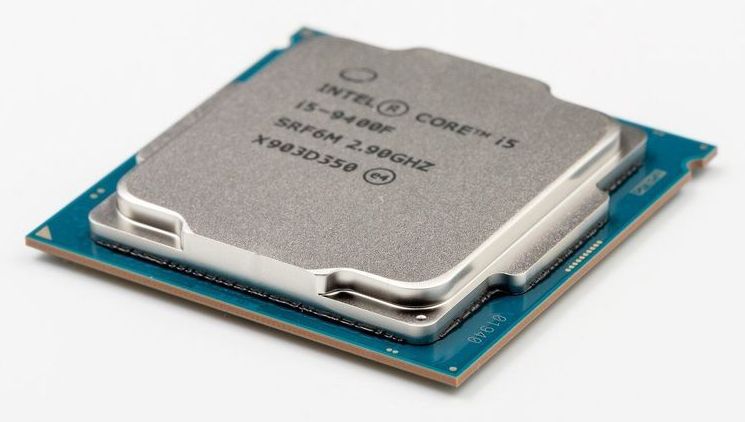She can’t get sick or be late to the set, and her hair and makeup needs are minimal: Her name is Erica, and Hollywood is hoping that a sophisticated robot can be its next big star. The synthetic actor has been cast in “b,” a $70 million science-fiction movie which producer Sam Khoze describes as “a James Bond meets Mission Impossible story with heart.”
Scribe Tarek Zohdy (“1st Born”), says, the story is about scientists who create an AI robot named Erica who quickly realize the danger of this top-secret program that is trying to perfect a human through a non-human form.
Variety caught up with the filmmakers Zohdy and Khoze to discuss “b” the $70 million film that plans to finish shooting next year, after a director and human star have been brought on.









